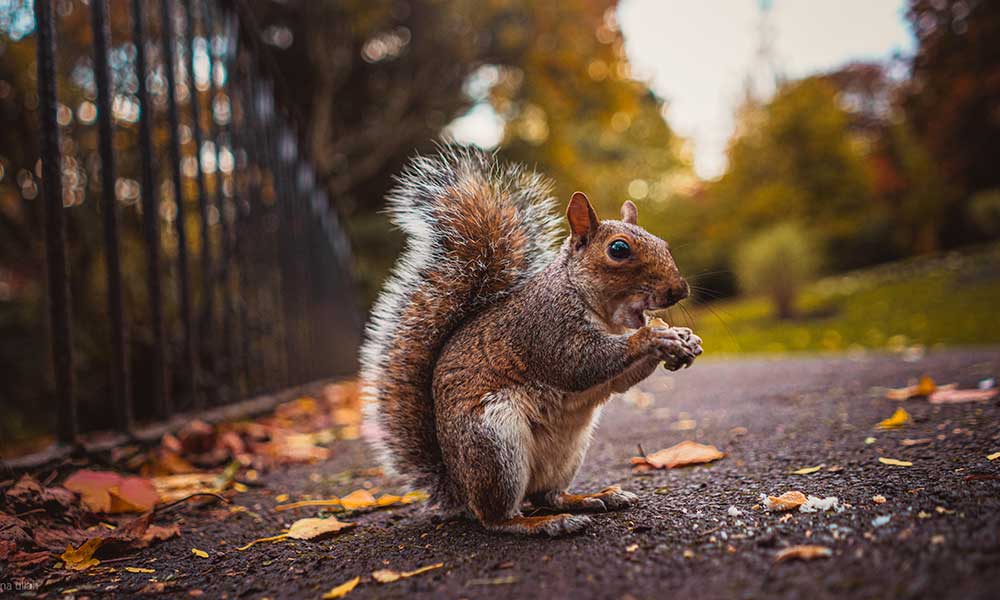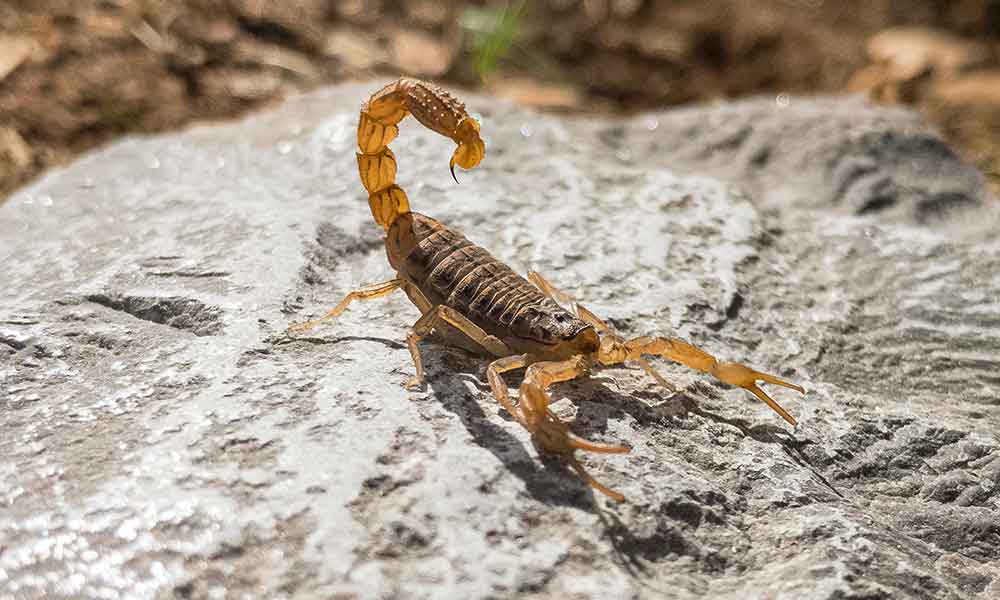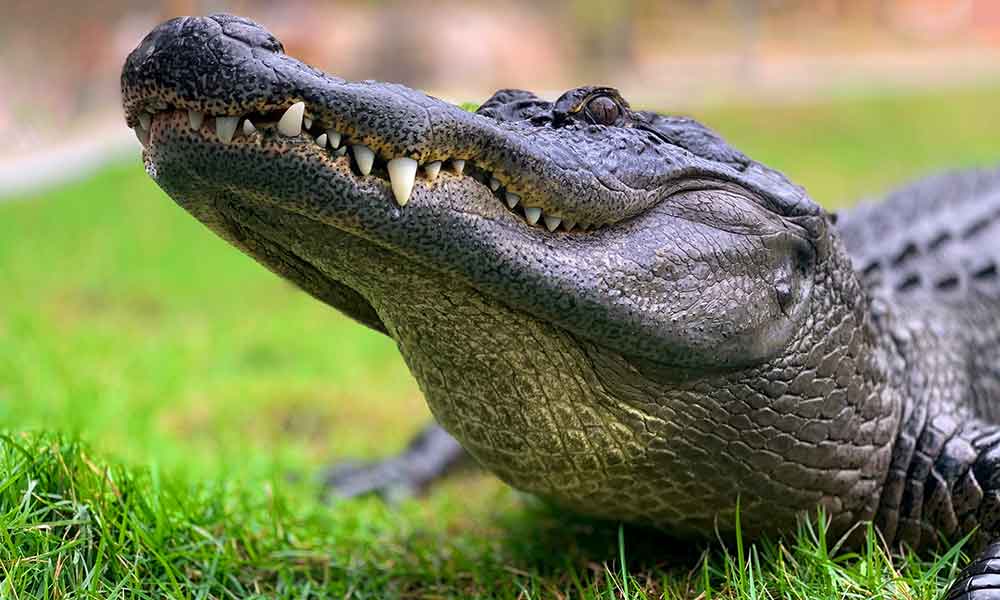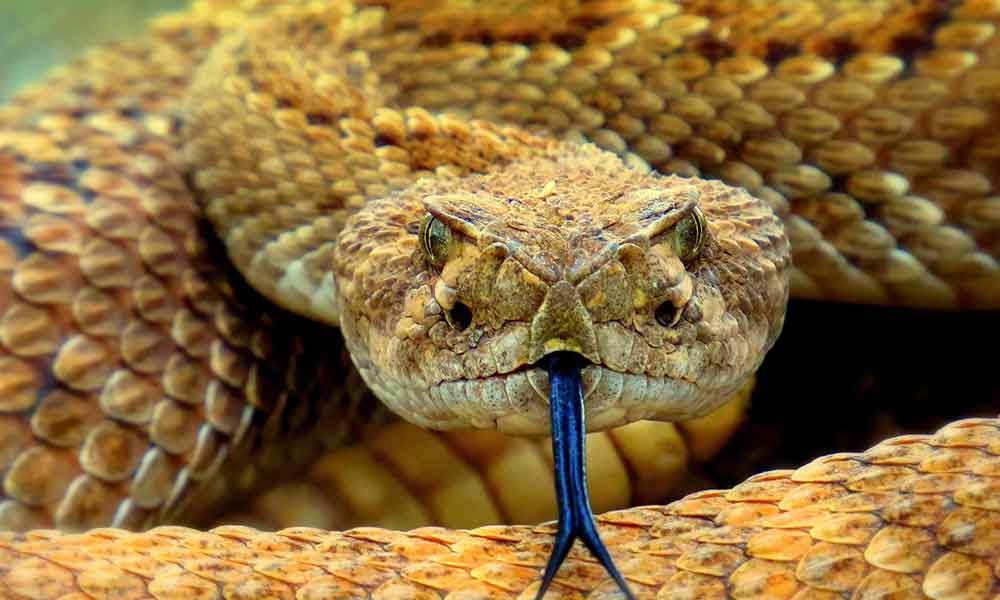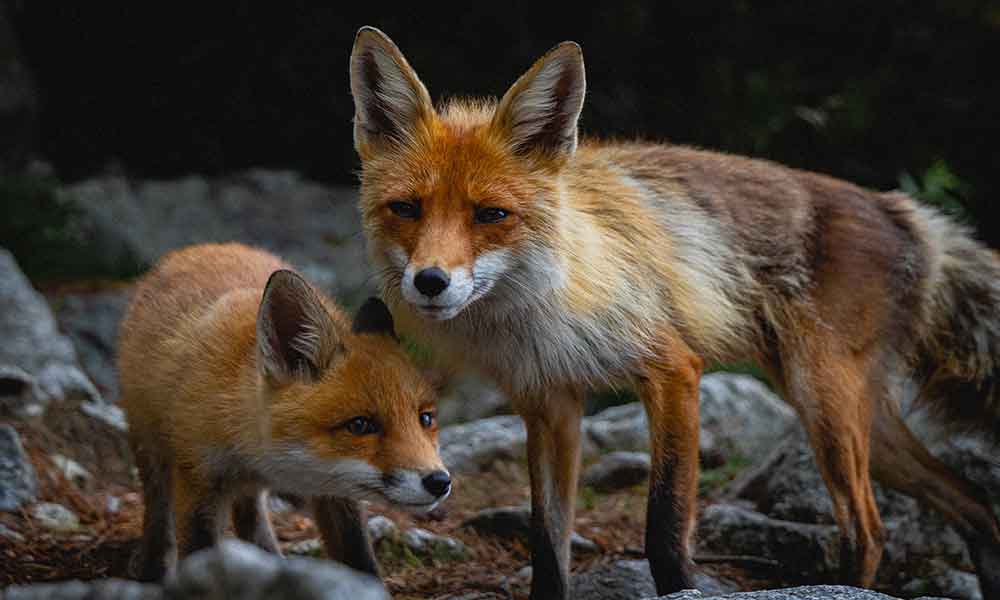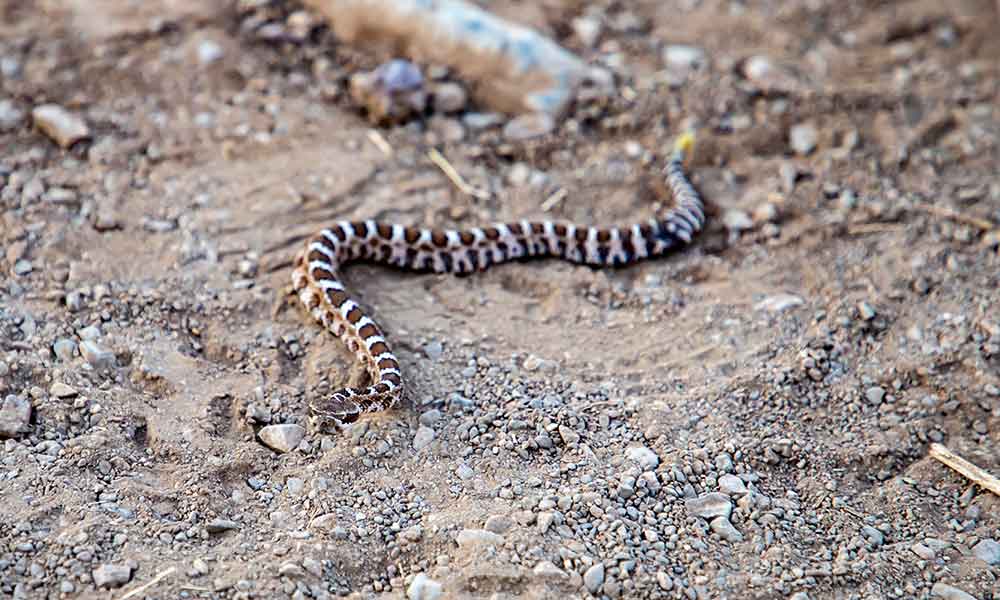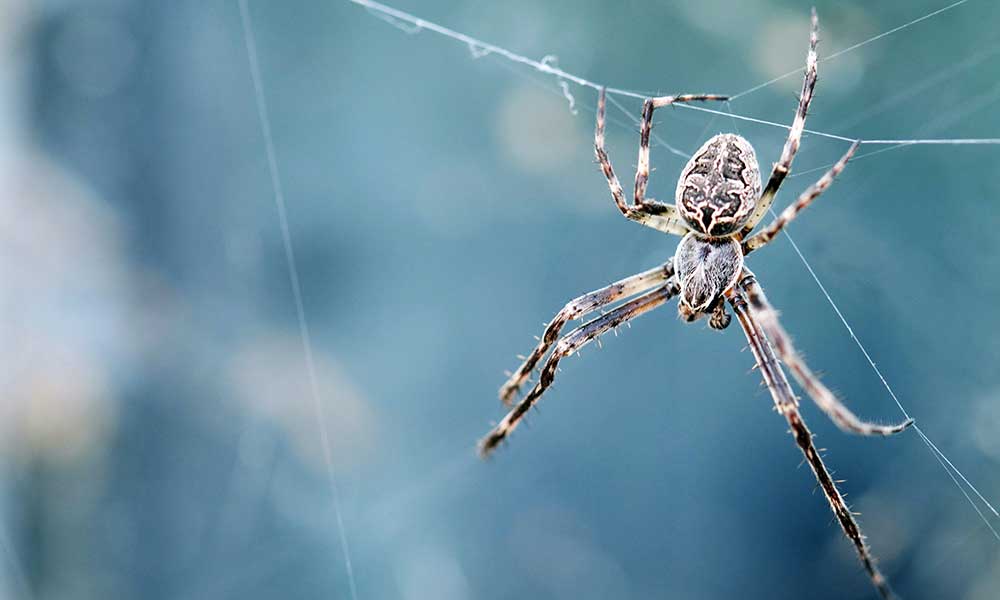There are dozens of squirrel species in North America and over 200 worldwide. You may see these fast, smart, and nimble creatures attacking bird feeders in your backyard or scurrying up trees on hiking trails. But how many different species are there in North America and which ones are the most common?
Where Do Squirrels Come From?
Squirrels are indigenous to Africa, Eurasia, and the Americas. Fossil records go back to the Eocene Epoch 56 million years ago and their closest living relatives include dormice and mountain beavers.
The word “squirrel” can be traced back to the Greek word “σκία-ουρος” or “shadow-tailed”.
What do Squirrels Eat?
Squirrels are omnivores and feast on a variety of foods from plant and meat sources, including nuts, fruits, small rodents, birds, bird eggs, insects, and snakes.
Many types of squirrels bury food in preparation for the winter. This food can be stored several acres away from their nest or in piles next to it. However, they don’t always return to it and many of the foods they bury actually germinate and grow.
Squirrels have a great sense of smell and will often reject low-quality foods, preferring ripe foods with rich nutrient content.
Where Do Squirrels Live?
Ground squirrels dig burrows while tree squirrels nest in trees in wooded areas. Tree squirrels often sleep in nests lined with leaves, moss, and bark.
Squirrels can also nest in attics and walls.
What are the Types of Squirrels in North America?
Of the 60+ squirrel species in North America, most are ground squirrels or tree squirrels, but the continent is also home to a few flying squirrels. There are far too many types of squirrels to cover here, but we have listed some of the most common and interesting ones below.
Eastern Gray Squirrel (Sciurus Carolinensis)
- Weight: 14 to 21 oz
- Length: 16.6 to 21.6 inches
- Average Life Expectancy: 6 to 12 years in the wild
Eastern gray squirrels are very common in the eastern United States and you may have seen a few of these in your backyard.
The eastern gray squirrel eats a variety of nuts, including hazelnuts, acorns, and walnuts. They also love bird feeders and will take whatever seeds they can get their hands on.
A lot of the foods that eastern gray squirrels take are eventually buried to eat at a later date. But they bury so much food that they can’t possibly find and eat it all, allowing some of those snacks to grow into trees and flowers.
The eastern gray squirrel is native to the United States, where it is found in huge numbers. You’ll also see these creatures across large parts of Europe, where they exist as an invasive species and compete for food and habitats with local squirrels.
Fox Squirrel (Sciurus niger)
- Weight: 17.6 to 35.5 oz
- Length: 17.7 to 27.6 inches
- Average Life Expectancy: Up to 18 years
Fox squirrels live across the eastern US and have been introduced to the west and parts of Canada, where they compete with local squirrel species.
Fox squirrels are very adaptable creatures and can thrive in a variety of conditions.
Fox squirrels spend a lot of time foraging on the ground, stealing from bird feeders, and looking for acorns and nuts.
Northern Flying Squirrel (Glaucomys sabrinus)
- Weight: 3.9 to 8.1 oz
- Length: 9.8 to 14.6 inches
- Average Life Expectancy: Up to 4 years
Northern flying squirrels are often hunted by owls, as they are nocturnal and active at the same time. These squirrels feed on mushrooms and lichen, as well as bird eggs, insects, and tree sap.
Northern flying squirrels can glide for up to 82 feet but they aren’t very quick and nimble on the ground.
Southern Flying Squirrel (Glaucomys Volans)
- Weight: 2 to 3 oz
- Length: 8.3 to 10.2 inches
- Average Life Expectancy: Just a few years
Southern flying squirrels have very large black eyes and are a little smaller than northern flying squirrels. They live across the eastern United States and typically nest and forage in large groups.
American Red Squirrel (Tamiasciurus hudsonicus)
- Weight: 7.1 to 8.8 oz
- Length: 11 to 14 inches
- Average Life Expectancy: 2.3 to 8 years
The American red squirrel is preyed upon by a host of animals, including foxes, hawks, bobcats, and coyotes. They have a very short lifespan and only a fifth of all baby squirrels (known as “kittens” or “kits”) survive into adulthood.
As the name suggests, American red squirrels have distinctive red coloration. They feed on seeds, bird eggs, nuts, mushrooms, maple syrup, and berries. American red squirrels are not as shy as other types of squirrels so you can expect to encounter these rodents while hiking. They live across the northern United States and southern Canada.
Abert’s Squirrel (Sciurus aberti)
- Weight: 19 to 34 oz
- Length: 18 to 23 inches
- Average Life Expectancy: Up to 7 years old
Abert’s squirrels are also known as tassel-eared squirrels, due to the little tufts of hair on the tops of their ears. They usually live near Ponderosa Pine trees in the western United States and they feed on this tree’s buds, seeds, and bark.
The Abert’s squirrel is one of the few types of squirrels that don’t store food for the winter. The Ponderosa Pine is such a valuable and reliable source of food that it simply doesn’t need to store food.
Western Gray Squirrel (Sciurus griseus)
- Weight: 12.3 to 35 oz
- Length: 17 to 24 inches
- Average Life Expectancy: Up to 8 years
The western gray squirrel goes by several other names, including the Oregon gray squirrel and the California gray squirrel.
Western gray squirrels are very similar to eastern gray squirrels but reside along the western United States, including Oregon, California, and Washington. They are also shyer and more skittish than their eastern relatives and usually run away at the first sign of an intruder.
Douglas Squirrel (Tamiasciurus douglasii)
- Weight: 5.25 to 10.5 oz
- Length: 13 inches
- Lifespan: Unknown
The Douglas squirrel lives along the western coast of North America. The Douglas squirrel can be very noisy and is also a hoarder, collecting huge quantities of food and food scraps in popular hiding places and feeding spots.
Arizona Gray Squirrel (Sciurus arizonensis)
- Weight: 23 oz
- Length: 20 inches
- Average Life Expectancy: 1 to 4 years
As the name suggests, the Arizona gray squirrel lives in parts of Arizona. It can also be found in New Mexico.
The Arizona gray squirrel resides in mountainous areas, where it feasts on flowers. Populations are in decline due to habitat loss and the fact they are being outcompeted by other types of squirrels, including the aforementioned Abert’s squirrel.
Humboldt’s Flying Squirrel (Glaucomys oregonensis)
- Length: 6.7 inches
Until 2017, it was thought that Humboldt’s flying squirrels were northern flying squirrels, but they are now recognized as a separate species.
We don’t know a lot about these creatures, except that it can be hard to differentiate them from northern flying squirrels.
What is the Most Common Squirrel in North America?
In urban and suburban areas, the eastern gray squirrel is the most common. Across the United States, red squirrels are also very common.
What is the Most Common Squirrel Worldwide?
Tree squirrels are the most common type of squirrel, including species like the eastern gray squirrel, which is native to North America but is an invasive species in many other countries.

